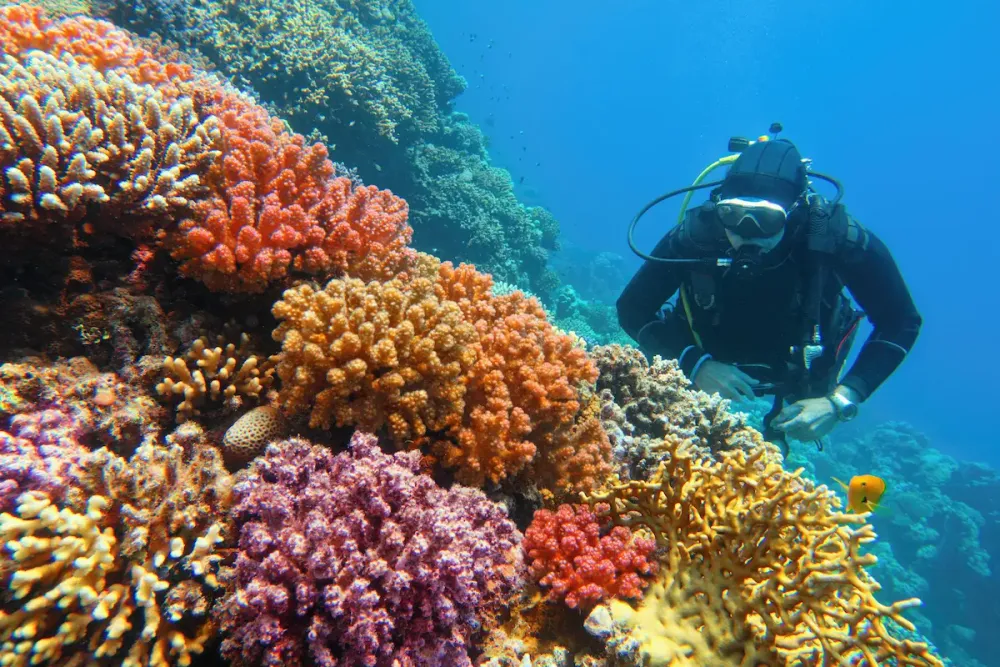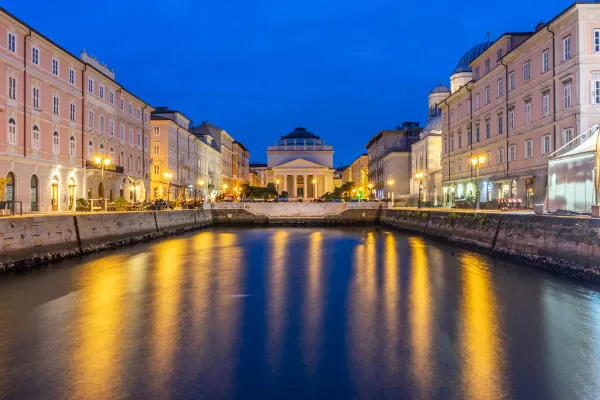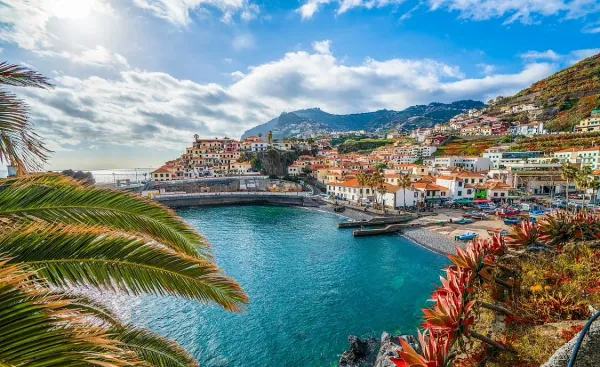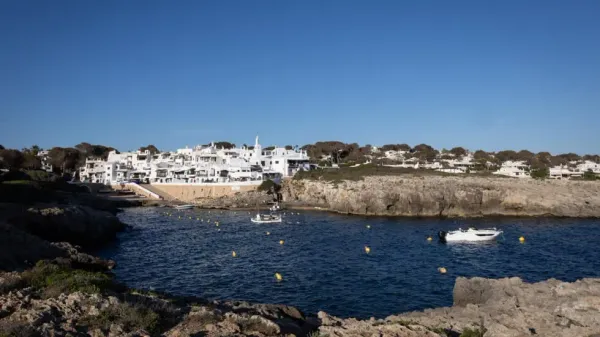Why the Great Barrier Reef needs tourists now more than ever
As one of the world's most breathtaking natural marvels, The Great Barrier Reef has faced intense examination. It encompasses an area of around 133,000 square miles, larger than the UK, Switzerland, and The Netherlands combined. Recently, it has attracted attention less for its beauty and more for concerns that it is "dying" or "dead."
Competing claims suggest that, on one hand, you should visit the reef before it's too late (a 2017 study in the Journal of Sustainable Tourism reported that 69 percent of visitors were motivated by "last chance tourism"), and on the other hand, that visiting it could be seen as irresponsible or unethical.
However, it is often overlooked that only 7 percent of this vast area is used for tourism. Additionally, since 1997, no new licenses for operators (each with a designated dive site) have been issued, and visitor numbers are strictly managed.
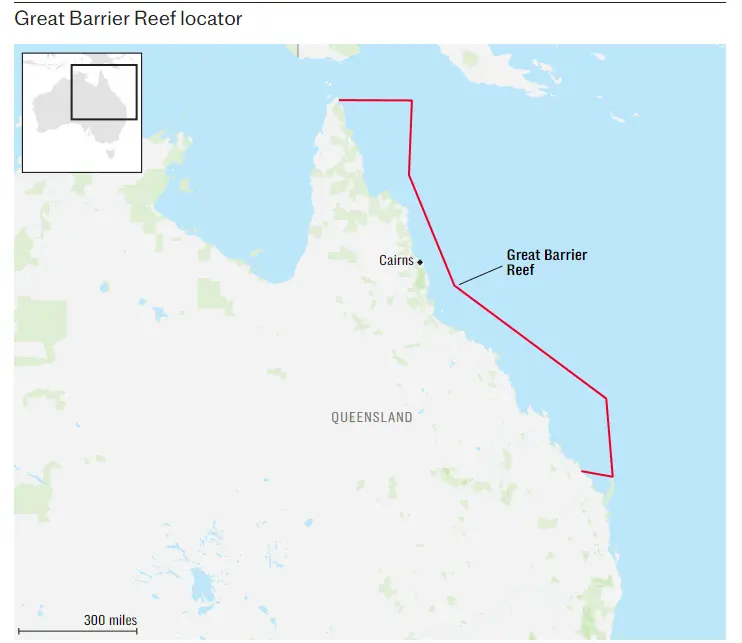
This is not to say the Reef isn't in trouble. Rising sea temperatures and frequent bleaching events have had a devastating impact, as have violent storms and outbreaks of predatory Crown-of-thorns starfish, which consume coral polyps.
Cairns is Tropical North Queensland's "gateway to the Reef," and it takes about 90 minutes to reach most dive sites. This journey gave me ample time to talk with Alan Wallish, the Managing Director and Founder of Passions of Paradise catamaran, about his thoughts on the reef’s future. Operating here for 30 years, his love and knowledge of its underwater realms are clear, as is his dedication to its preservation and restoration.
Our timing was unfortunate in one way but impeccable in another. "My phone's been buzzing all day," he said, ruefully. On the day of our excursion, another mass coral bleaching event – the fifth since 2016 – had been reported by the Australian Institute of Marine Science and the Marine Park Authority.
"This will be the headline that news outlets run with," he noted, "but there’s a real need to counter the negative information with other realities of the situation."
An example of this? I had always assumed that bleached coral was dead coral: however, this isn't the case. "When temperatures rise, coral gets stressed and reacts by expelling the algae that gives it color," Wallish explained. "If temperatures drop – as you'd expect after summer – they can recover and have done so repeatedly." As delicate and otherworldly as it looks, coral is – or can be – surprisingly resilient. According to Reef Restoration Foundation CEO Ryan Donnelly, coral fragments "grow back stronger, with all coral having a natural adaptive ability."

In 1997, as part of the Federal Government's $15.1 million Tourism Reef Protection initiative, the Marine Park Authority launched Eye on the Reef, a citizen science program. Passions of Paradise initially offered this reef tour experience as a once-weekly add-on, but due to demand from snorkelers and divers, it now operates daily.
Accompanied by a "Master Reef Guide" and equipped with a waterproof clipboard and pen, I descended into a vivid yet silent world and began conducting a survey, the results of which would be sent to a central hub and combined with observations from other underwater explorers.
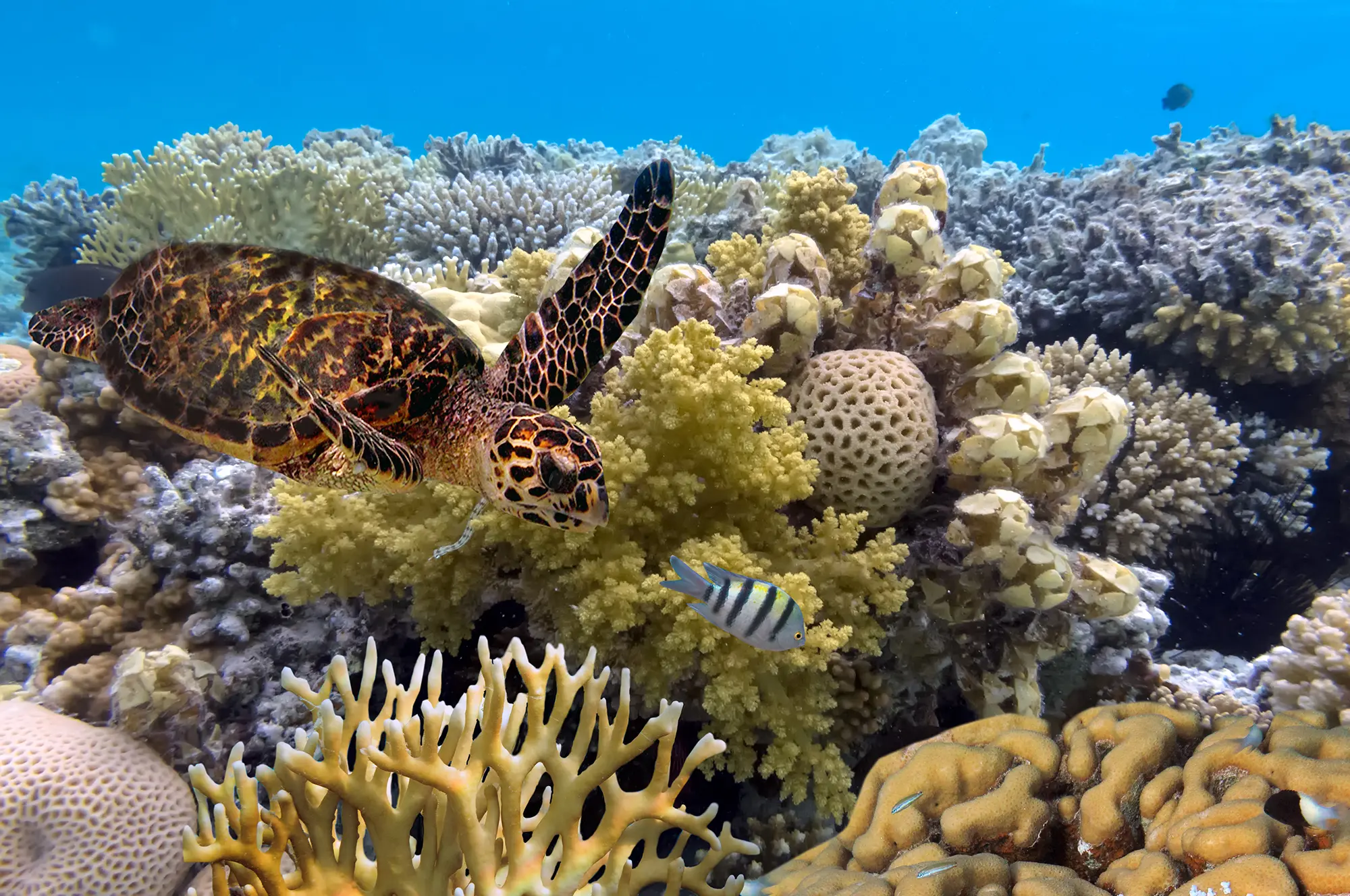
We counted fish, as well as coral; the former wouldn’t be performing their quicksilver dances in such clouds of color if the latter weren’t in reasonable shape. Even the presence of sea cucumbers, unlovely as they are, is reassuring: nicknamed the "janitors of the sea," they play a vital role in reef health.
Nevertheless, back at Cairns' Marlin Marina, the throngs are overwhelming. The sheer number of boats waiting to welcome visitors aboard seems unsustainable. In a climate where over-tourism is known to threaten the beauty and even existence of some destinations, it’s no wonder reef tourism raises eyebrows.
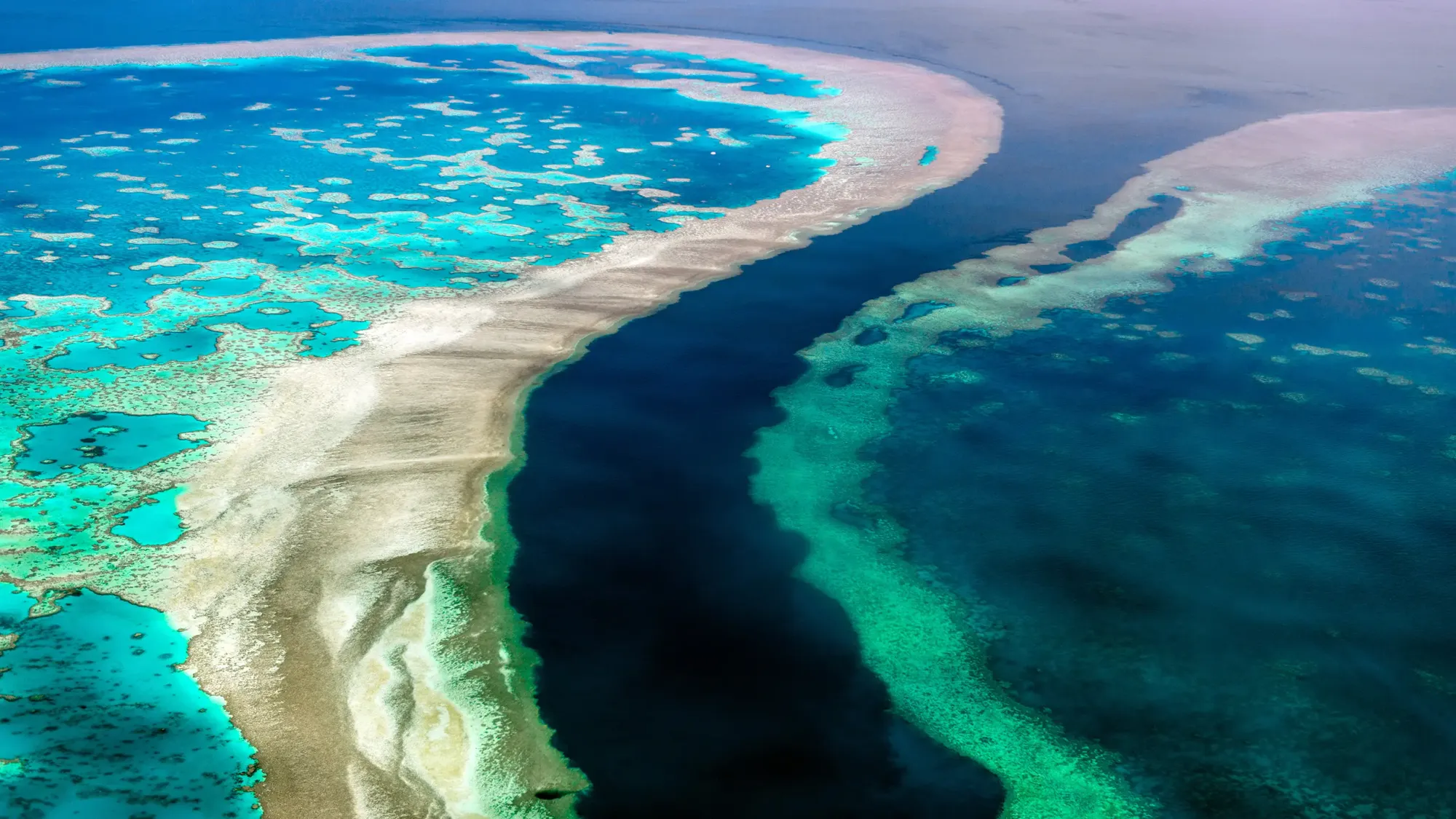
Every tourist pays a "reef tax" in their exploration cost – funds directed towards replanting and research. As I discovered on my recent visit, many operators are vigorous not only in their fight for the Great Barrier Reef's health and regeneration but also in their determination to raise awareness about its resilience.
Several vessels have gained eco-certification, and along with the expected warnings about not touching, removing, or clumsily kicking the coral, we listened to educational talks about reef health and conservation. This was certainly a departure from the dive-vessel-cum-booze-cruise I experienced long ago.
I learned, too, that there are limits to what’s observed when news of bleaching first hits the headlines. The surveys – distinct from Eye on the Reef – are conducted by trained observers rather than citizen scientists, and their initial aerial observations reveal only the uppermost corals in the warmest waters.
Furthermore, most visitors to the Reef experience it via a glass-bottomed boat ("glassy," as they are known locally) or snorkeling, which can compound negative perceptions. Diving to 18 meters, the maximum allowed with a PADI Open Water certification, or to 30 meters, as an Advanced Diver, provides a more colorful perspective.

"Professional photos in magazines are preternaturally vivid," explained crew on a Sailway trip from Port Douglas, "but what's rarely realized is that huge underwater lights are used, making the sea and coral look brighter – even before photoshopping. It sets unrealistic expectations which, combined with 'state of emergency' reporting, risks keeping people away."
I can't stress it enough: the Great Barrier Reef is in trouble, as are reefs worldwide. It is especially troubling considering its proximity to a fiercely protected World Heritage Site, The Daintree Rainforest. It's devastating to think that a CO2 vacuum this massive (roughly 463 square miles) isn't enough to halt acidification; that someone who has never and may never visit the Reef will impact its health more than a responsible visitor might.


